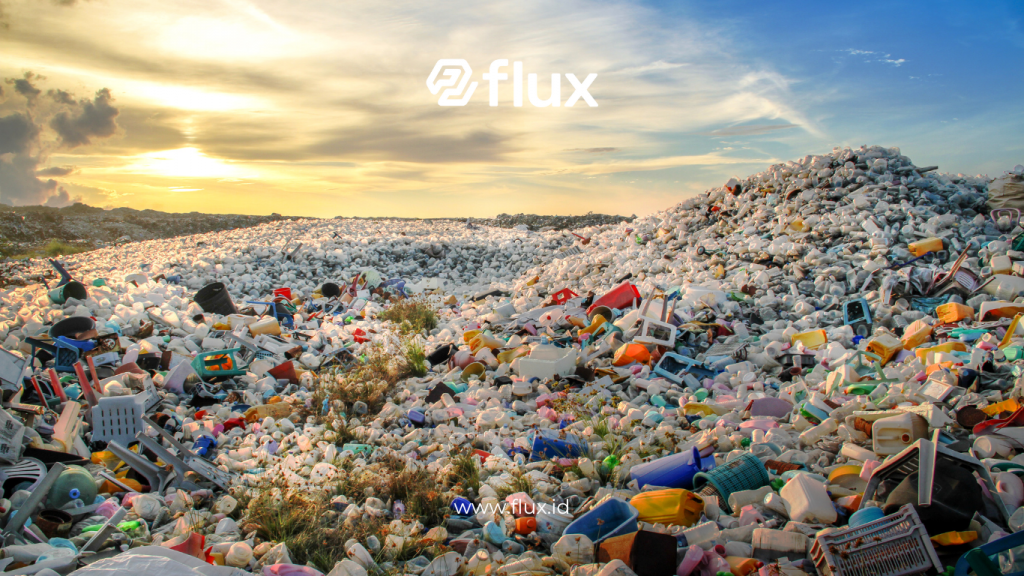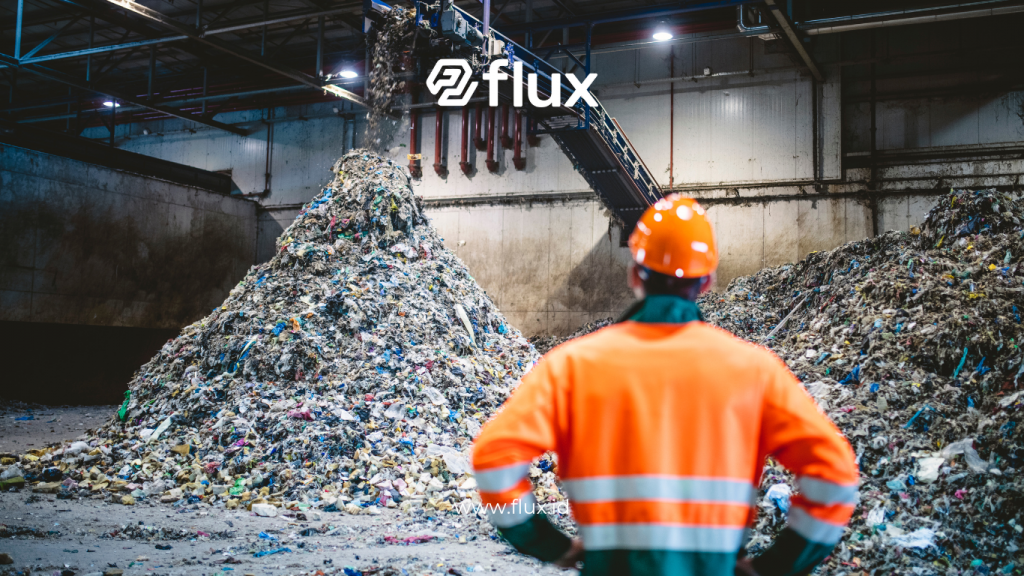Don't miss our holiday offer - 20% OFF!
In recent years, the Internet of Things (IoT) technology has significantly impacted various sectors, including waste management. As the population grows and urbanization accelerates, the challenges of waste management become increasingly complex. Fortunately, IoT offers innovative solutions that enhance efficiency, reduce costs, and promote environmental sustainability. This article will discuss the critical role of IoT in waste management and explore how this technology can help build cleaner and greener cities.
Contents
What is IoT?

Read More: Using IoT to Prevent Flooding: Smart Solutions for Risk Management
The Internet of Things (IoT) refers to a network of connected devices that communicate through the internet. This connection allows for the real-time exchange of data and information. IoT devices can range from sensors to cameras, which efficiently monitor and manage various processes. In the context of waste management, IoT can be used to track waste levels, optimize collection routes, and increase community participation.
Challenges in Waste Management

Read More: Waste Sensors for Smart Cities: Technological Innovations in Urban Environmental Management
Inefficient waste management can lead to various problems, including environmental pollution, the spread of disease, and increased operational costs. Some key challenges in waste management include:
- Lack of Real-Time Data: Many cities do not have adequate monitoring systems to gather real-time data on waste levels.
- Non-Optimal Collection Routes: Without accurate data, waste collection fleets often follow inefficient routes. As a result, this increases fuel costs and travel time.
- Low Community Awareness: Without effective campaigns, communities may remain unaware of the importance of proper waste management.
The Role of IoT in Addressing Challenges

Read More: How Smart Trash Sensors Work in a Smart City: Optimizing Waste Management with IoT Technology
1. Waste Level Monitoring
One of the most significant applications of IoT in waste management is real-time monitoring of waste levels. For example, sensors installed in trash bins can measure the volume and weight of waste, sending data directly to the management center. This capability allows local authorities to identify when bins need emptying, thus reducing the risk of overflow.
2. Optimizing Collection Routes
With the data collected from sensors, IoT systems can analyze and optimize waste collection routes. Smart algorithms can identify the fastest and most efficient routes, ultimately reducing operational time and costs. Consequently, this not only saves on fuel costs but also lowers greenhouse gas emissions from collection vehicles.
3. Increasing Community Awareness
Moreover, IoT can be used to enhance community awareness regarding waste management. Through mobile applications or online platforms, residents can receive information about bin locations, recycling programs, and waste management tips. Consequently, digital campaigns leveraging IoT technology can encourage active participation from the community.
Use Cases of IoT in Waste Management

Read More: Waste Sensors: Smart Waste Management
Several cities worldwide have successfully adopted IoT solutions for waste management. Here are some examples:
1. Barcelona, Spain
In Barcelona, the city has implemented a smart bin monitoring system using sensors. The data from these sensors help city authorities determine when and where waste collection is needed, thus reducing unnecessary collection frequency.
2. Songdo, South Korea
The smart city of Songdo utilizes an underground waste management system connected through IoT technology. In this system, waste is collected via pipelines and transported to processing centers without the need for collection vehicles. As a result, this approach reduces emissions and enhances efficiency.
3. San Francisco, United States
San Francisco has adopted a waste collection system that uses sensors to monitor bin levels. This technology allows the city to optimize collection routes and improve recycling programs significantly.
Benefits of Using IoT in Waste Management
Implementing IoT in waste management offers various benefits, including:
- Operational Efficiency: Real-time monitoring and route optimization make the collection process more efficient.
- Cost Reduction: Reducing unnecessary collection frequency can lead to significant cost savings.
- Environmental Sustainability: This technology reduces greenhouse gas emissions and other negative impacts on the environment.
- Better Community Participation: By increasing community awareness, IoT encourages eco-friendly behaviors.
Challenges in IoT Implementation

Read More: The Impact of Waste Sensors on the Environmental Agency
Despite the numerous benefits, several challenges exist in implementing IoT for waste management:
- Initial Costs: The upfront investment in IoT devices and infrastructure can be a barrier for many cities.
- Data Security: With the increasing amount of data being collected, security and privacy issues become major concerns.
- Technical Skills: Implementing IoT systems requires appropriate technical skills for management and maintenance.
Conclusion
In conclusion, the role of IoT in waste management is crucial for building cleaner and greener cities. Through real-time monitoring, route optimization, and increased community awareness, this technology provides innovative solutions to address waste management challenges. Although some challenges exist in implementation, the long-term benefits are substantial. Therefore, collaboration among governments, communities, and the private sector is essential to maximize the potential of IoT in waste management and create a better environment for future generations.





